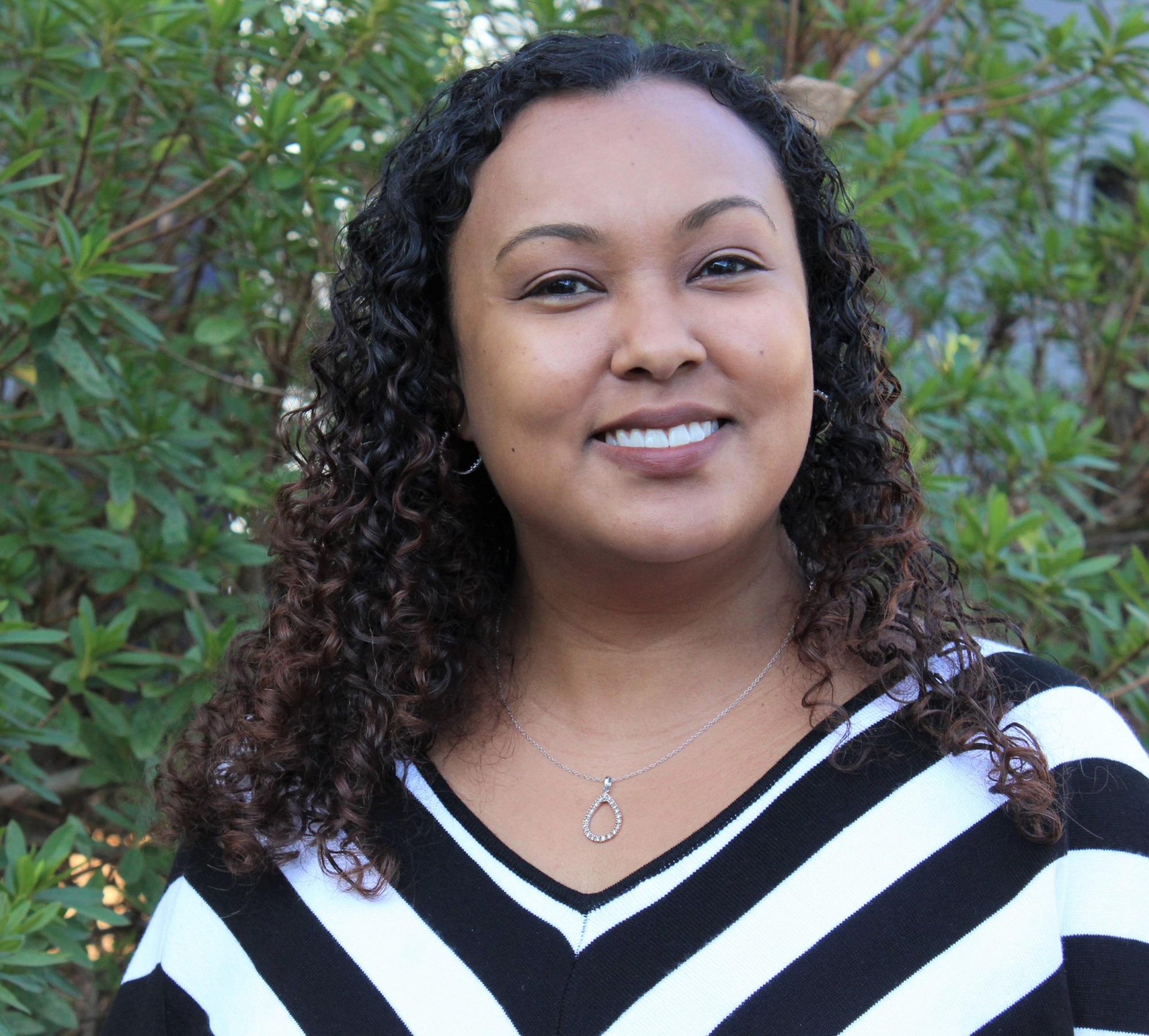In the U.S., there are approximately 10,000 baby boomers a day turning 65. By 2030, the number of Americans age 65 and older is expected to rise to 21 percent of its total population. According to a 2019 United Nations report, virtually every country in the world is seeing an increase in its proportion of senior citizens. The most rapid growth is taking place in Eastern and Southeast Asia, Latin America, and the Caribbean.
As the number of senior citizens increases, so will the number of working adults serving as their primary caregivers. An AARP Fact Sheet shows that in the U.S., 49 percent of the workforce expects to be providing elder care in the coming five years.
Cha’Veya Ross, an Elder Care Team Lead at Workplace Options, helps eligible employees find a variety of solutions for their elderly family members. She finds that in January she often receives calls from individuals who visited with family over the holidays and noticed concerns.
According to Cha’Veya, helping identify resources for caregivers is one of the most rewarding aspects of her job. “I know that if I can find a transportation solution, that caregiver may be able to enjoy lunch with a friend,” explains Cha’Veya. “Being able to identify in-home care options may help a family originally looking for a nursing home save a significant amount of money.”
When considering how to best serve an elderly family member, Cha’Veya encourages people to keep the loved one’s preferences a priority. Below are five important steps Cha’Veya shares with families to help get them started:
1) Notify key family members of your concerns. Every family dynamic is unique. In many families, there are a few key members who should be involved, in some capacity, in decisions related to the care of a loved one. When it is not possible to hold a face-to-face family meeting, a family conference call can be an effective solution. During this call, you can share why you are concerned and request feedback from other family members. It is also important to discuss how involved the senior can be in the process.
“There are pros and cons of having the senior adult involved in the process,” shares Cha’Veya. “If the conversation is going to make the loved one feel anxious or agitated, then it may be better to wait until a plan is in place.”
2) Do a thorough assessment. Families can conduct geriatric assessments on their own; however, formal assessments, completed by an aging life care professional, can offer a helpful, third-party perspective. Going beyond understanding health care needs, a comprehensive assessment should also include an evaluation of the living environment and the senior’s functional abilities, including cooking, driving, and managing finances.
3) Identify your resources. An assessment will identify your loved one’s needs. In some situations, family members or friends can step in and provide the assistance outlined in the assessment. Family and friends may also choose to rotate caregiving responsibilities.
To find solutions for needs that cannot be met by family members, you should research the local and online resources available. Note, some organizations provide their employees with elder care benefits that can range from assistance researching these resources to access to an elder care specialist. You should contact your human resources department for more information.
Local social services organizations or senior centers may be able to identify resources in the community, including in-home support providers, transportation, and social programs. People are often surprised to hear that some community centers offer home visitation programs, telephone check-in call services, and meals.
Don’t forget to consider technology resources. For example, remote patient monitoring (rpm) technology can monitor a senior’s location and gait and alert caregivers if a loved one has fallen. Medication dispensers can be programmed to release certain medications at specific times and alert caregivers if a dosage is missed. Home surveillance cameras can be used, with the homeowner’s permission, to monitor wellbeing if a caregiver needs to step out.
4) Create a care plan. The care plan should align the needs identified during the assessment with the available resources. This includes the roles that available family members will play. The plan should be shared with the key family members and include details on how family members will be kept up to date.
5) Find caregiver support. If a family member is providing caregiving support, it is also important to recognize the caregiver’s needs. A support group, whether local or online, can be a great resource, where members offer practical advice based on shared experiences.
If the family member has a specific diagnosis, for example cancer or dementia, there may be organizations dedicated to that diagnosis that offer specialized support and resources for both the senior and the caregiver. In the UK, for example, the Alzheimer’s Society has a directory to find local support services for people with dementia and their caregivers. In the U.S., the American Stroke Association offers a similar resource for stroke survivors and family members.
According to Cha’Veya, caregivers are sometimes reluctant to accept help, but caregiving can strain even the most resilient people. In addition, caregivers are often so focused on the needs of others that they fail to recognize their own symptoms of burnout.
“I encourage caregivers to not only accept help, but to not be afraid to ask for it as well,” explains Cha’Veya. “They can’t help their loved one if they are too exhausted to function themselves.”



































